Home>Interior Design>British Style: Lincrusta
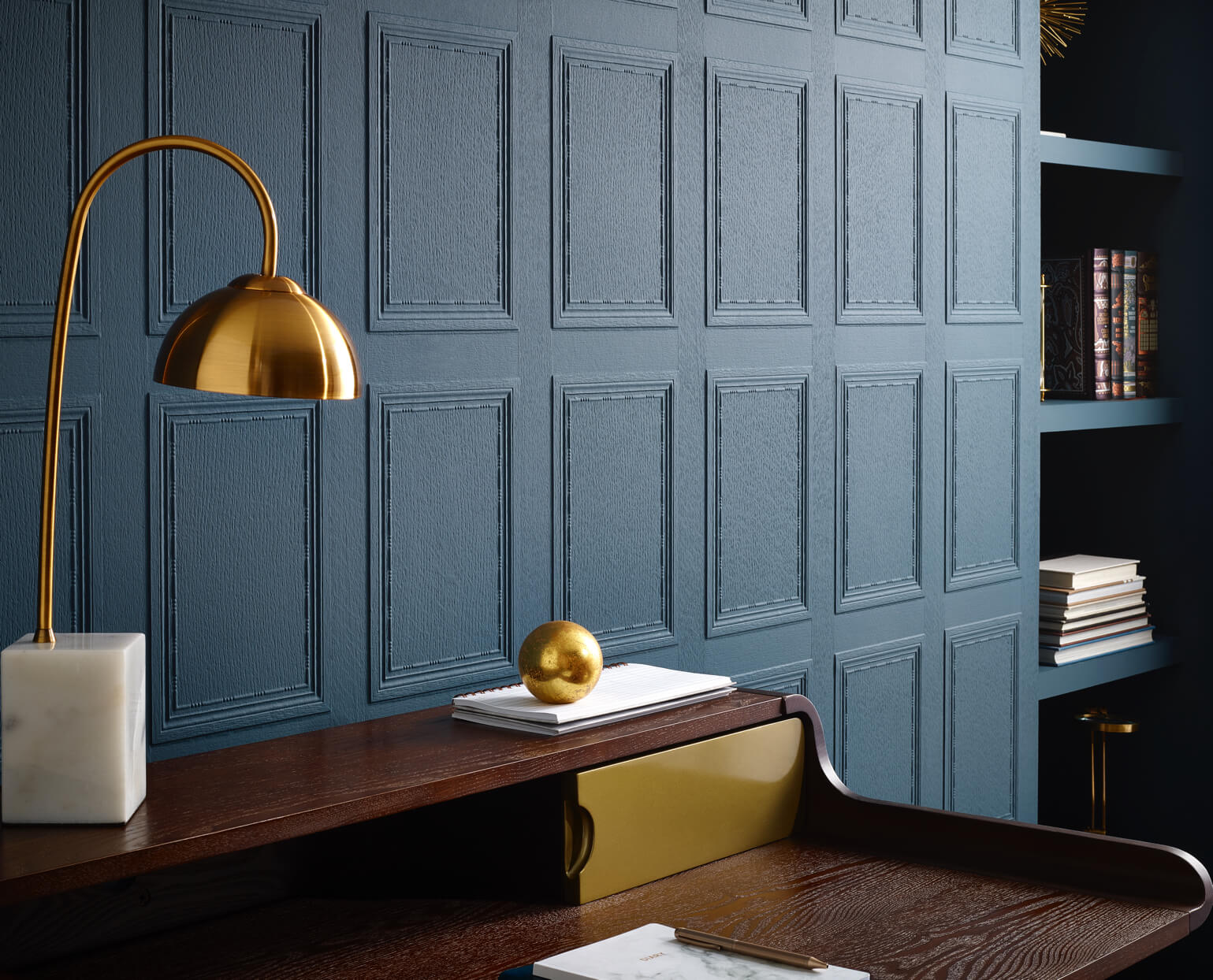

Interior Design
British Style: Lincrusta
Modified: December 7, 2023
Explore the timeless elegance of British interior design with Lincrusta. Discover exquisite patterns that add depth and character to your living spaces.
(Many of the links in this article redirect to a specific reviewed product. Your purchase of these products through affiliate links helps to generate commission for Storables.com, at no extra cost. Learn more)
Introduction
Lincrusta is a premium wallcovering that has long been associated with British style and elegance. This distinctive form of decorative wall treatment is known for its intricate designs, durability, and timeless appeal. With a history dating back over a century, Lincrusta continues to be a popular choice for interior designers and homeowners looking to create a statement in their living spaces.
Originally developed in the late 19th century, Lincrusta quickly gained popularity for its ability to provide a luxurious and opulent look to any room. Its unique blend of craftsmanship and durability made it a favorite among the British upper class, with Lincrusta adorning the walls of grand homes, palaces, and even public buildings.
The British style of interior design has always been characterized by its attention to detail, sophistication, and a sense of heritage. Lincrusta perfectly embodies these qualities, adding depth and texture to walls while retaining an air of understated elegance. Whether used in traditional Victorian homes or contemporary interiors, Lincrusta adds a touch of British charm that is hard to replicate with any other wallcovering.
Manufactured using a combination of linseed oil, wood flour, and other natural materials, Lincrusta is not only visually appealing but also incredibly durable. Its robust composition allows it to withstand the test of time, making it an excellent long-term investment for any interior space.
In this article, we will delve into the history of Lincrusta, explore the characteristics of British style, discuss the manufacturing process, provide insights on installation and maintenance, highlight the advantages of Lincrusta, and explore its diverse applications. By the end, you will have a comprehensive understanding of Lincrusta as a quintessential part of British interior design.
Key Takeaways:
- Lincrusta: A Timeless Symbol of British Elegance
Lincrusta embodies the sophistication and durability of British interior design, offering a luxurious and authentic look that adds depth and character to any space. - Versatile Applications and Enduring Beauty
From walls to furniture, Lincrusta’s versatility and timeless appeal make it a preferred choice for creating visually stunning and opulent interiors, blending tradition with contemporary elegance.
Read more: British Style: De Gournay
History of Lincrusta
Lincrusta was first introduced in 1877 by Frederick Walton, an English inventor and entrepreneur. At the time, wallpaper was the most popular choice for wallcoverings, but it lacked the durability and decorative possibilities that were desired. Walton sought to create a product that combined the best qualities of wallpaper and plaster, resulting in the birth of Lincrusta.
Walton’s invention was initially named “Linoleum-Muralis” and was intended to imitate the appearance of carved wood or plaster. However, due to its unique composition and method of production, it quickly earned the name Lincrusta – a blend of “linum” (the Latin word for linseed) and “crusta” (meaning the hard outer layer).
Lincrusta gained rapid popularity, not only in the United Kingdom but also across Europe and the United States. Its ability to mimic the look of luxurious carved wood or ornate plasterwork made it a desirable choice for homeowners and designers looking to elevate their interior spaces.
During the late 19th and early 20th centuries, Lincrusta adorned the walls of many prestigious locations, including Buckingham Palace, the White House, and the Titanic. Its use in public buildings such as banks, hotels, and churches further solidified its reputation as a symbol of elegance and sophistication.
However, with the rise of modern architectural styles and the emergence of new wallcovering materials, Lincrusta’s popularity declined in the mid-20th century. It wasn’t until the late 20th century that there was a renewed interest in Lincrusta, driven by a revival of appreciation for historical design elements and a desire for quality craftsmanship.
Today, Lincrusta continues to be produced by skilled craftsmen adhering to the traditional techniques and designs that have been passed down through generations. It remains a sought-after choice for those seeking to incorporate a touch of Victorian charm or a sense of heritage into their interiors.
The rich history of Lincrusta serves as a testament to its enduring appeal and unmistakable British style. Its ability to transform an ordinary space into a visually striking and stylish environment is a true testament to its timeless beauty and craftsmanship.
Characteristics of British Style
British style in interior design is renowned for its timeless elegance, meticulous attention to detail, and a seamless blend of traditional and contemporary elements. It reflects the rich heritage and cultural influences that have shaped British design over the centuries. Here are some key characteristics that define British style:
- Sophistication: British interiors exude an air of refined sophistication. Whether it is the use of high-quality materials, intricate detailing, or a restrained color palette, there is an inherent elegance in British design.
- Historical References: British style often incorporates historical references, paying homage to the architectural and design influences of different periods. From Georgian and Victorian to Arts and Crafts and Art Deco, the eclectic mix of historical elements creates a sense of timeless charm.
- Traditional Craftsmanship: Craftsmanship is highly valued in British style, with a focus on traditionally-made furniture, handcrafted textiles, and intricate woodwork. The attention to detail and high level of craftsmanship elevate the overall aesthetic of the space.
- Layered Textures: British interiors embrace layers of texture to create depth and visual interest. From plush upholstery and richly patterned fabrics to textured wallcoverings and ornate moldings, the use of varied textures adds warmth and character to the space.
- Mixing Old and New: British style effortlessly blends antique and vintage pieces with contemporary elements. This juxtaposition of old and new creates a harmonious balance, adding character and personality to the space.
- Classic Color Palette: British interiors often feature a classic color palette of neutrals, rich earth tones, and deep blues and greens. These colors create a sense of warmth and comfort, allowing other design elements to become the focus.
- Emphasis on Functionality: British design emphasizes practicality and functionality. Every piece of furniture or decorative item serves a purpose while still maintaining a sense of beauty and aesthetic appeal.
- Attention to Detail: British style is characterized by its meticulous attention to detail. From ornate moldings and architectural features to carefully chosen accessories, every element is thoughtfully considered and integrated into the overall design scheme.
These characteristics, combined with the use of Lincrusta wallcoverings, add a distinct British flair to any interior space. Lincrusta’s intricate designs, durability, and ability to evoke a sense of nostalgia perfectly complement the characteristics of British style, creating a truly captivating aesthetic.
Manufacturing Process
The manufacturing process of Lincrusta involves a combination of traditional techniques and modern technology. It undergoes a meticulous process to create its distinctive embossed designs and durable composition. Here is an overview of the manufacturing process:
- Preparation of Ingredients: The primary ingredients used in making Lincrusta include linseed oil, wood flour, and other natural materials. These ingredients are carefully selected and prepared to ensure the right consistency and quality.
- Mixing: The ingredients are mixed together to form a paste-like consistency. This mixture is then passed through a series of rollers to obtain a uniform thickness.
- Embossing: The rolled-out Lincrusta mixture is then fed through large embossing rollers. These embossing rollers are engraved with intricate designs, creating the raised patterns characteristic of Lincrusta.
- Drying and Curing: Once embossed, the Lincrusta sheets are subjected to a carefully controlled drying process. This allows the linseed oil to dry and harden, resulting in a durable and robust finish. The duration of the drying process depends on the thickness of the Lincrusta sheets and the ambient humidity.
- Trimming and Quality Control: After the sheets have dried and cured, they are trimmed to the desired dimensions. Each sheet is then inspected to ensure it meets the high-quality standards set by Lincrusta.
- Painting and Finishing: Lincrusta can be supplied in its natural form for painting or can be pre-painted at the factory. The pre-painted Lincrusta is finished with multiple layers of high-quality paint to enhance its visual appeal and durability.
- Packaging: The finished Lincrusta sheets are carefully packaged to protect them during transportation and storage. Special care is taken to preserve the embossed patterns and prevent any damage or scratches.
The manufacturing process of Lincrusta requires skilled craftspeople who have a deep understanding of the materials and techniques involved. Their expertise ensures that each sheet of Lincrusta is created with precision and attention to detail, resulting in a product that is both visually stunning and long-lasting.
By preserving the traditional manufacturing methods while incorporating modern advancements, Lincrusta maintains its reputation as a premium choice for wallcoverings in the world of interior design.
Installation of Lincrusta
The installation of Lincrusta requires careful preparation and precision to achieve the best results. Although it is recommended to hire a professional installer, particularly for complex projects, skilled DIY enthusiasts can also tackle the installation process. Here are the key steps involved in installing Lincrusta:
- Surface Preparation: Before installing Lincrusta, the surface should be clean, dry, and smooth. Any existing wallpaper, paint, or debris should be removed, and the surface should be repaired if necessary. It is important to ensure that the walls are properly primed and ready for the application of Lincrusta.
- Measuring and Cutting: Accurate measurements are crucial to ensure a seamless installation. Lincrusta sheets should be carefully measured and cut to fit the specific dimensions of the wall. A sharp utility knife or scissors can be used to cut the sheets.
- Adhesive Application: A strong adhesive specifically designed for Lincrusta should be applied to the back of each sheet. It is recommended to use a solvent-free, ready-mixed adhesive that is suitable for heavy-duty applications. Follow the manufacturer’s instructions for the proper application of the adhesive.
- Sheet Placement: Once the adhesive is applied, carefully position the Lincrusta sheet onto the prepared surface. Gently press it onto the wall, ensuring that it is aligned properly and there are no air bubbles trapped underneath. Repeat this process for each sheet, ensuring a seamless transition between them.
- Smoothing and Trimming: After placing the sheets, use a smoothing tool to gently flatten and eliminate any air pockets or wrinkles. Take care not to damage the delicate embossed patterns while smoothing the surface. Once the sheets are secured and smoothed, trim any excess material using a sharp knife.
- Finishing Touches: Once the installation is complete, it is important to clean any adhesive residue or smudges from the surface of the Lincrusta sheets using a damp cloth. Allow the adhesive to fully dry and cure before applying any paint or finishes to the Lincrusta.
While these steps provide a general overview of the installation process, it is crucial to refer to the manufacturer’s guidelines and consult with a professional for specific instructions and recommendations. They will have the expertise and experience to ensure a flawless installation and maximize the beauty and durability of your Lincrusta wallcoverings.
Proper installation of Lincrusta guarantees a stunning and long-lasting result, transforming any space into a visual masterpiece that reflects the timeless elegance of British design.
When using Lincrusta, make sure to properly prepare the surface by cleaning and smoothing it before installation. This will ensure a smooth and professional finish for your British-style decor.
Read more: British Style: Ian Mankin
Maintenance and Care
Lincrusta wallcoverings are known for their durability and longevity. With proper maintenance and care, they can retain their beauty and functionality for many years. Here are some essential maintenance tips to help you keep your Lincrusta in the best condition:
- Regular Cleaning: Lincrusta can be easily cleaned using a soft, damp cloth or sponge. Gently wipe the surface to remove any dust, dirt, or smudges. Avoid using abrasive cleaning agents or materials that could potentially damage the delicate embossed patterns.
- Avoid Excessive Moisture: While Lincrusta is resistant to moisture, it is best to avoid excessive exposure to water or high humidity. If any spills occur, promptly clean them to prevent staining or damage to the surface.
- Avoid Sharp Objects: Be mindful of sharp objects that could scratch or puncture the surface of your Lincrusta. Avoid using abrasive cleaning tools or rough materials that could potentially damage the wallcovering.
- Inspect for Damage: Regularly inspect your Lincrusta for any signs of damage, such as cracks, tears, or loose sections. If any damage is detected, it is recommended to seek professional help for repairs to maintain the integrity of the wallcovering.
- Touch-Up Paint: Over time, the paint on your Lincrusta may require touch-up. Use a high-quality paint that matches the existing color and carefully apply it using a small brush. Take care to blend the touch-up paint seamlessly with the rest of the wallcovering.
- Protect from Direct Sunlight: Prolonged exposure to direct sunlight can cause fading or discoloration of the Lincrusta surface. Consider using curtains or blinds to protect your Lincrusta from excessive sunlight, especially in rooms with windows that receive direct sunlight.
- Professional Maintenance: Periodically, it is advisable to have a professional inspect and maintain your Lincrusta wallcoverings. They can assess the condition, repair any damage, and provide advice on how to prolong the lifespan of your Lincrusta.
By following these maintenance guidelines, you can ensure that your Lincrusta wallcoverings remain in pristine condition, preserving their aesthetics and durability for years to come. Incorporating regular maintenance into your routine will allow you to enjoy the timeless beauty of Lincrusta while minimizing the need for extensive repairs or replacement.
Advantages of Lincrusta
Lincrusta offers numerous advantages that make it a preferred choice for interior designers, homeowners, and commercial spaces. From its durability and timeless appeal to its ability to create a distinctive and luxurious atmosphere, here are some key advantages of Lincrusta:
- Durability: Lincrusta is renowned for its durability, making it suitable for high-traffic areas and commercial spaces. Its robust composition allows it to withstand everyday wear and tear, including impacts and scratches.
- Longevity: With proper maintenance, Lincrusta can last for many decades, maintaining its original beauty and integrity. Unlike some other wallcoverings, Lincrusta does not fade or deteriorate over time.
- Timeless Beauty: Lincrusta’s intricate embossed designs and rich texture add depth and character to any space. It exudes a sense of timeless elegance, making it a suitable choice for both traditional and contemporary interiors.
- Versatility: Lincrusta is versatile and can be used in a variety of applications, including walls, ceilings, columns, and furniture. Its flexibility and ease of installation allow for creative and customized designs.
- Authenticity: Lincrusta faithfully replicates the look and feel of carved wood or ornate plasterwork, adding a sense of authenticity and grandeur to any room. It captures the essence of traditional craftsmanship and heritage.
- Soundproofing and Insulation: The thickness and composition of Lincrusta provide excellent soundproofing and insulation properties. It helps reduce noise transmission and can contribute to maintaining a comfortable temperature in a space.
- Repairability: In the event of damage or wear, Lincrusta can be repaired easily. Simple touch-up paint or patching techniques can restore the damaged area, helping to maintain the overall beauty and integrity of the wallcovering.
- Hygienic: Lincrusta is non-porous and easy to clean, making it a hygienic choice for commercial spaces or areas prone to moisture, such as kitchens and bathrooms. It is resistant to mold and mildew, providing a healthier environment.
- Sustainability: Lincrusta is manufactured using natural materials, including linseed oil and wood flour, making it a sustainable and eco-friendly choice. It is free from harmful chemicals and contributes to a healthier indoor environment.
These advantages contribute to Lincrusta’s enduring popularity and its status as a top choice for those seeking to create a luxurious and visually striking interior space. Whether it is a grand Victorian mansion or a modern apartment, Lincrusta adds a touch of elegance and sophistication that is hard to replicate with any other wallcovering.
Applications of Lincrusta
Lincrusta’s versatility and timeless appeal make it suitable for a wide range of applications in various design settings. From residential homes to commercial spaces, Lincrusta can transform any interior by adding a touch of luxury and sophistication. Here are some popular applications of Lincrusta:
- Walls: Lincrusta is most commonly used as a wallcovering, creating a stunning focal point in any room. Whether covering an entire wall or used as a wainscoting or dado rail, Lincrusta adds texture, depth, and visual interest to the space.
- Ceilings: Lincrusta can be applied to ceilings, adding an element of opulence and grandeur. Whether used in large-scale ballrooms or intimate dining areas, Lincrusta on the ceiling creates a dramatic and memorable atmosphere.
- Columns and Pilasters: Lincrusta can be wrapped around columns and pilasters, transforming them into architectural focal points. The intricate embossed designs highlight the contours and add a touch of elegance to these structural elements.
- Fireplace Surrounds: Lincrusta can be used to create intricate and ornate fireplace surrounds, enhancing the beauty and sophistication of the focal point of the room. It adds a sense of history and traditional charm to the space.
- Furniture Accents: Lincrusta can be used to add visual interest to furniture pieces such as cabinets, sideboards, or headboards. It can be applied to drawer fronts or door panels, creating a striking and luxurious look.
- Commercial Spaces: Lincrusta is often used in hotels, restaurants, retail stores, and other commercial spaces seeking to create a memorable and luxurious atmosphere. It adds a touch of sophistication and elegance, setting these establishments apart.
- Restorations and Renovations: Lincrusta is a popular choice for restoring and renovating historical buildings or period homes. Its ability to replicate traditional design elements and blend seamlessly with existing architectural details makes it invaluable in preserving the authenticity of these spaces.
- Feature Wall: A feature wall covered in Lincrusta becomes the focal point of a room, creating a stunning visual impact. Whether in a living room, dining area, or entryway, Lincrusta can instantly elevate the space and capture attention.
- Staircases: Lincrusta can be used to adorn the risers of staircases, transforming them into works of art. The embossed patterns and textures create a unique and striking visual effect as one ascends or descends the stairs.
These applications demonstrate the versatility and adaptability of Lincrusta in various design contexts. Whether used in residential or commercial settings, Lincrusta adds a touch of luxurious sophistication, creating a visually stunning environment that is sure to impress.
Conclusion
Lincrusta, with its rich history and undeniable British style, continues to be a beloved choice for interior designers and homeowners alike. Its timeless elegance, durability, and versatility make it a true treasure in the world of interior design.
From its inception in the late 19th century to its continued popularity in the present day, Lincrusta has remained a symbol of craftsmanship, heritage, and luxury. Its intricate embossed designs, created through a meticulous manufacturing process, add depth and texture to walls, ceilings, and other surfaces.
The characteristics of British style, such as sophistication, attention to detail, and a seamless blending of traditional and contemporary elements, perfectly align with the qualities of Lincrusta. The authentic and opulent look of Lincrusta allows for the creation of captivating and visually striking spaces.
Whether used in residential homes, historical restorations, or commercial spaces, Lincrusta adds a touch of grandeur that is hard to replicate with any other wallcovering. Its durability ensures that it can withstand the test of time, offering years of beauty and functionality.
With proper maintenance and care, Lincrusta can maintain its original beauty and integrity for decades. Regular cleaning, avoiding excessive moisture and sharp objects, and inspecting for damage are essential to preserve the longevity of these exquisite wallcoverings.
From walls and ceilings to columns and furniture, Lincrusta’s versatility allows for a wide array of applications. It can transform an ordinary space into a luxurious environment, capturing the attention and admiration of all who enter.
In conclusion, Lincrusta represents the epitome of British style and interior design. Its timeless beauty, durability, and ability to add depth and sophistication to any space make it a true masterpiece. By incorporating this iconic wallcovering, you can create a stunning interior that reflects the elegance and heritage of British design.
Frequently Asked Questions about British Style: Lincrusta
Was this page helpful?
At Storables.com, we guarantee accurate and reliable information. Our content, validated by Expert Board Contributors, is crafted following stringent Editorial Policies. We're committed to providing you with well-researched, expert-backed insights for all your informational needs.
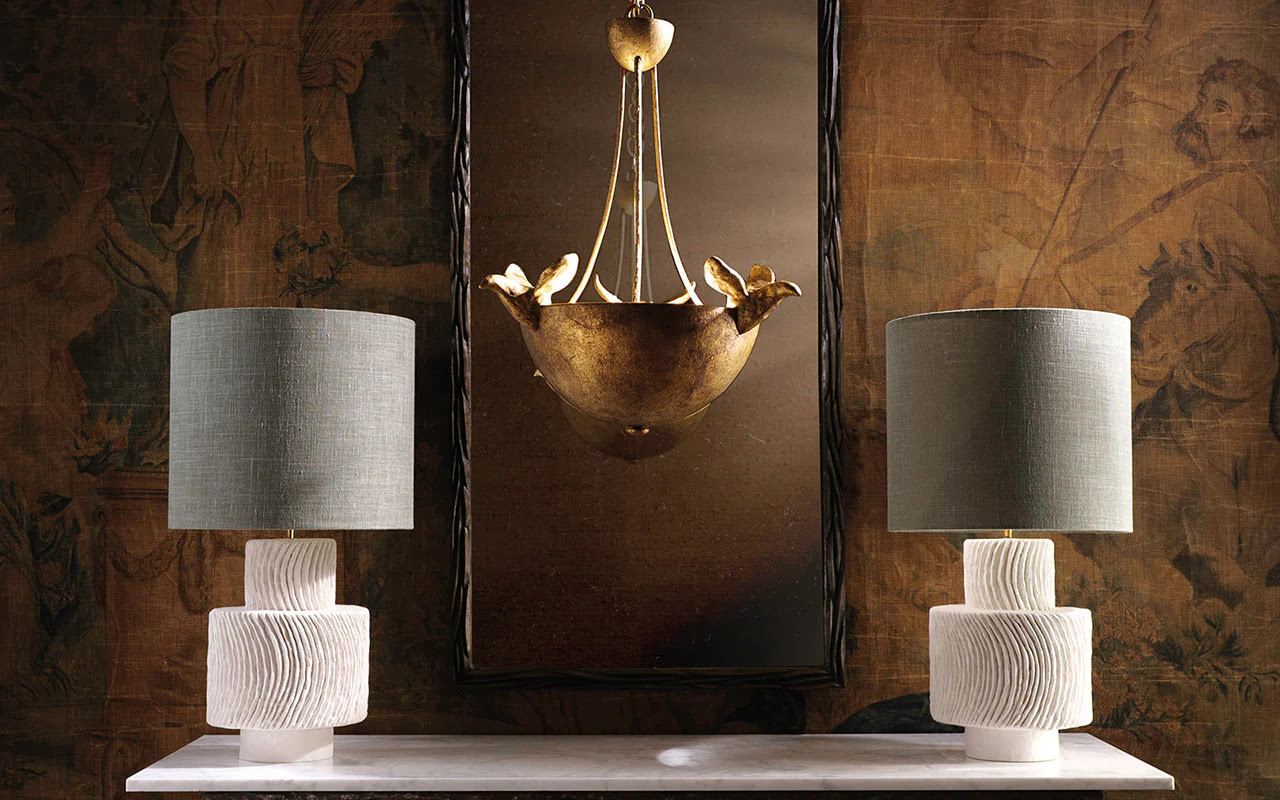
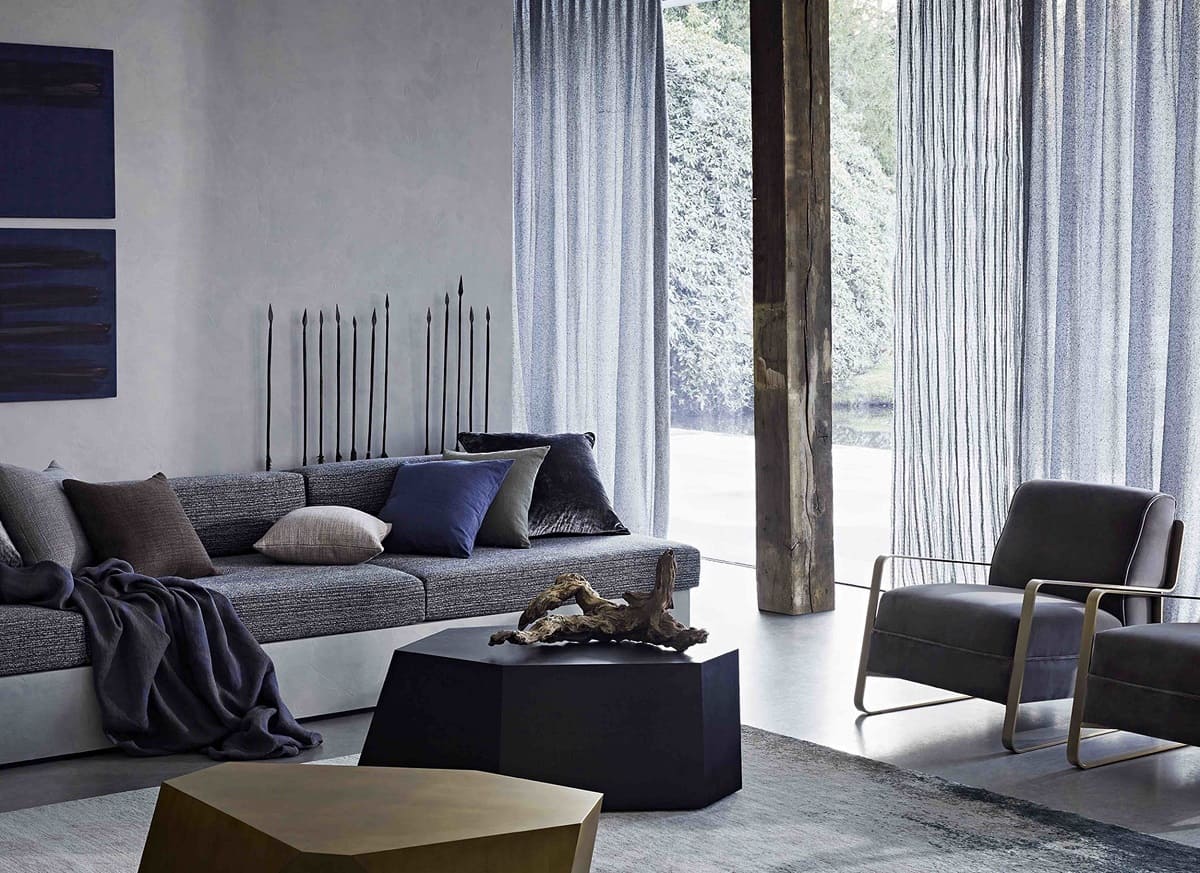
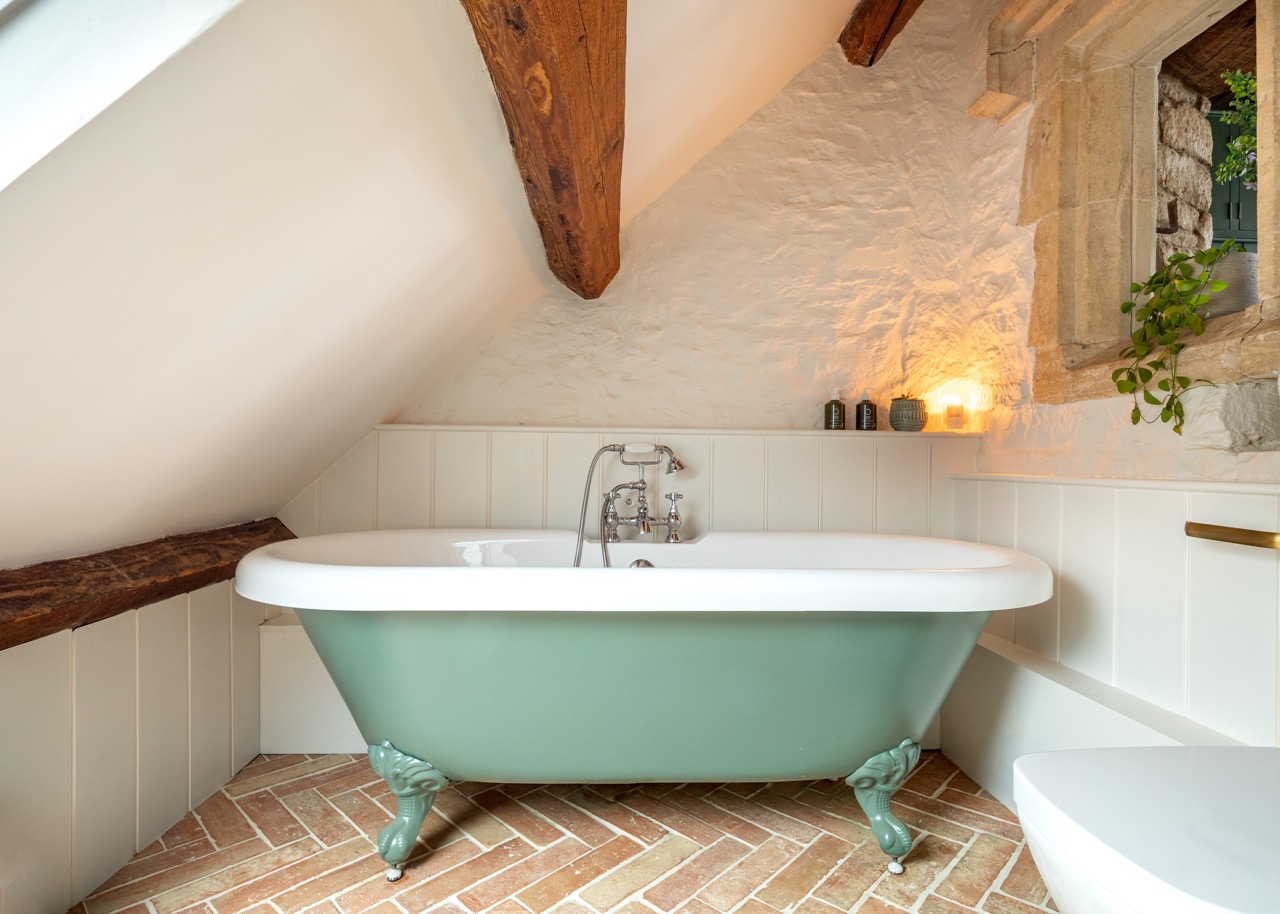
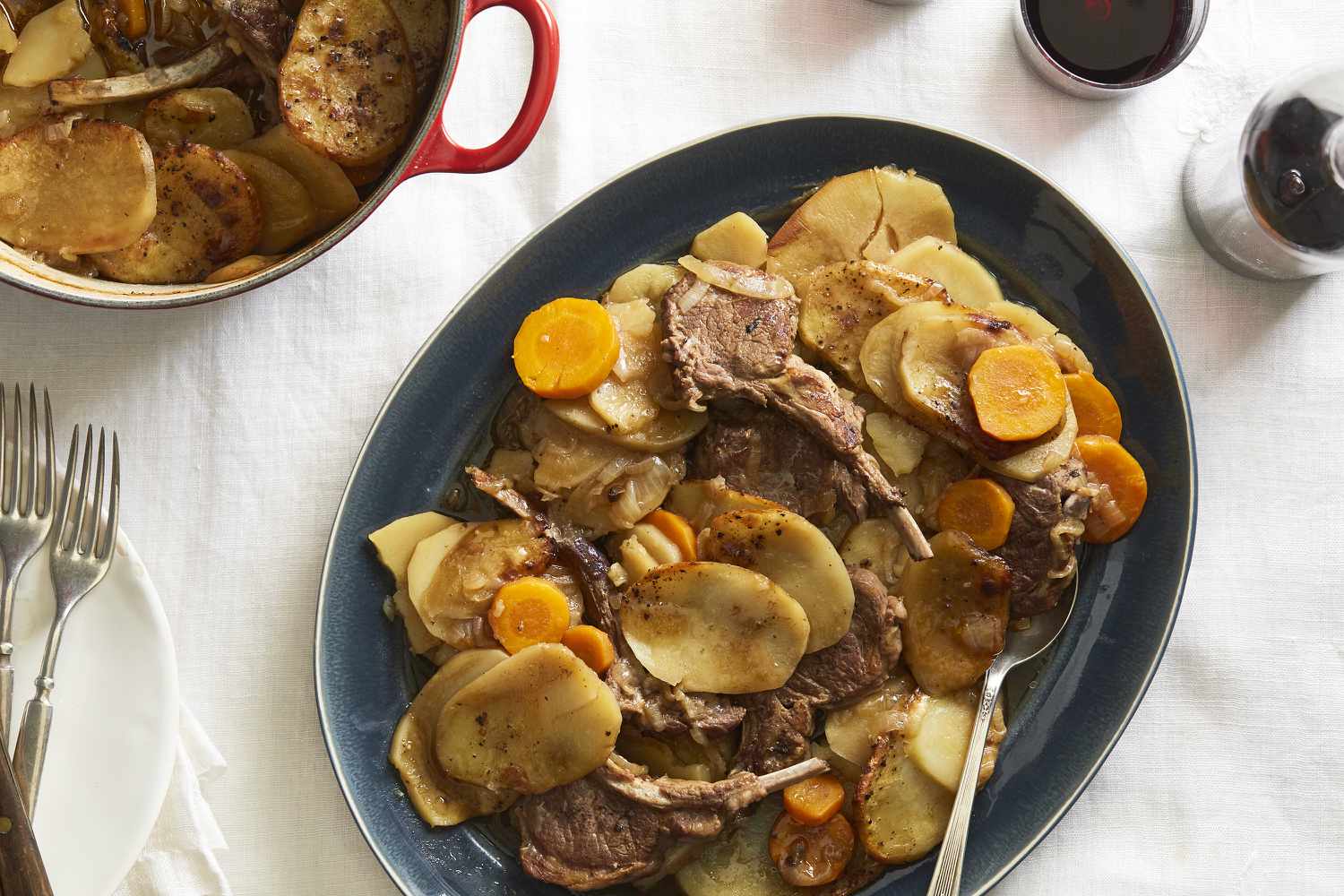
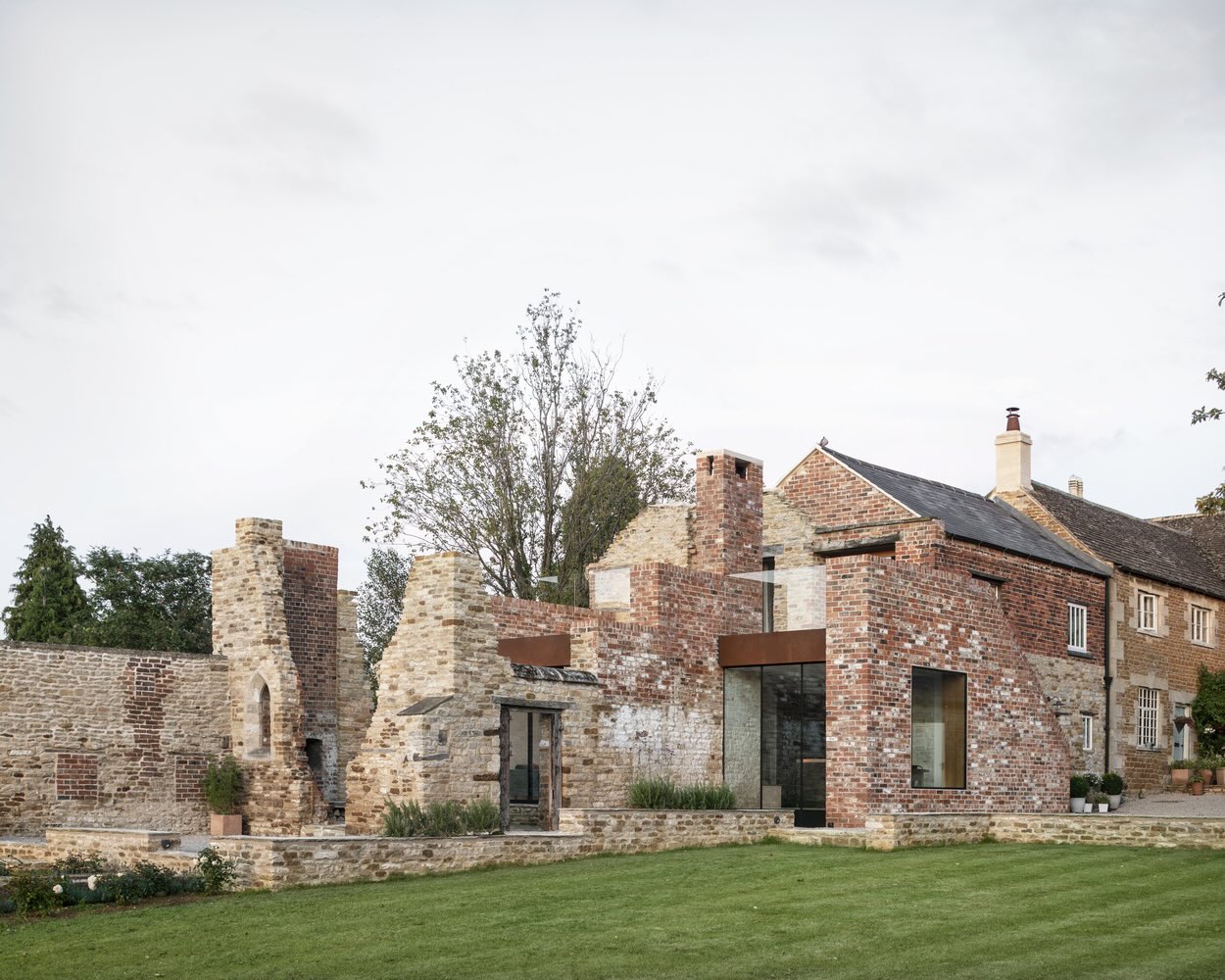
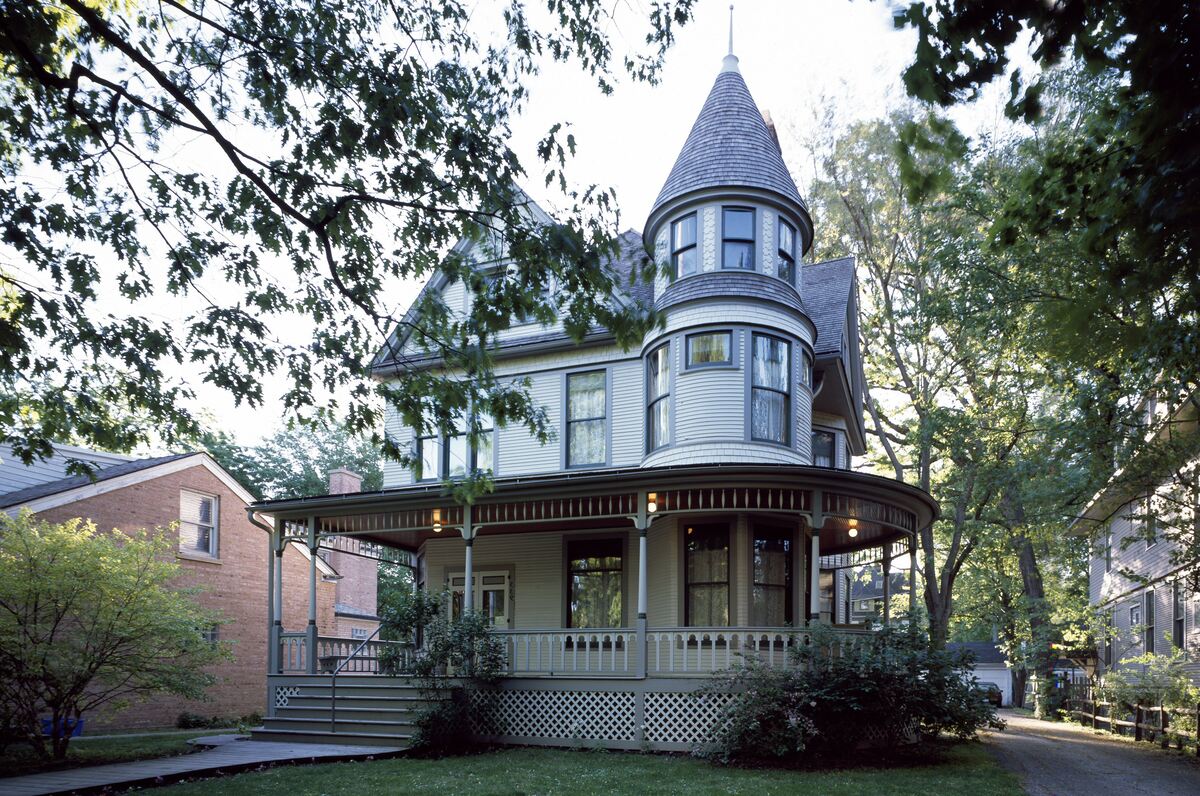
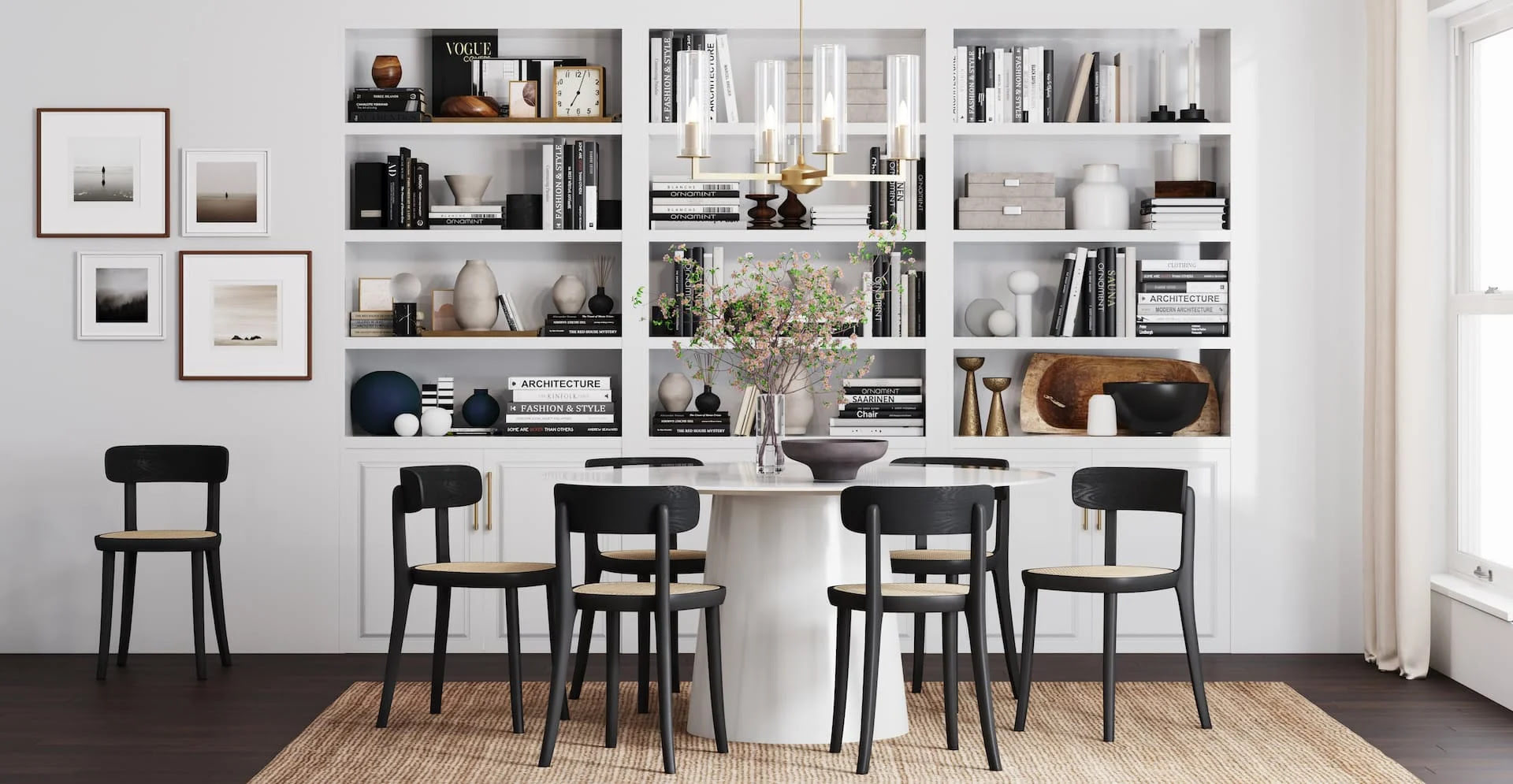
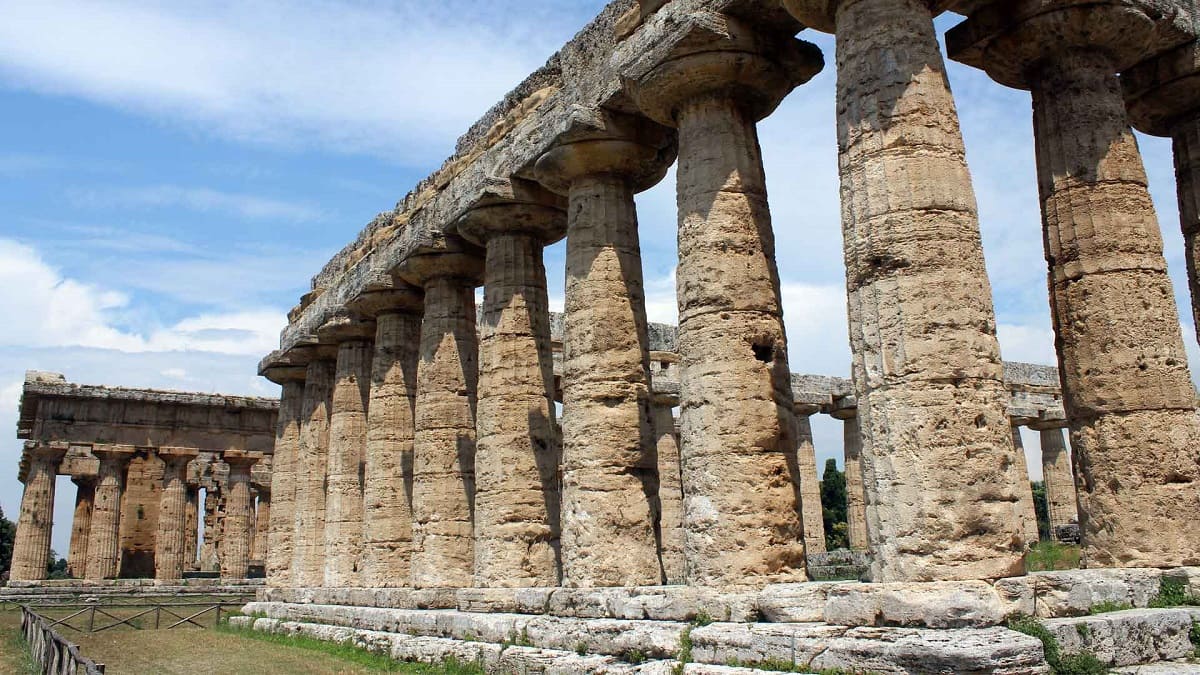
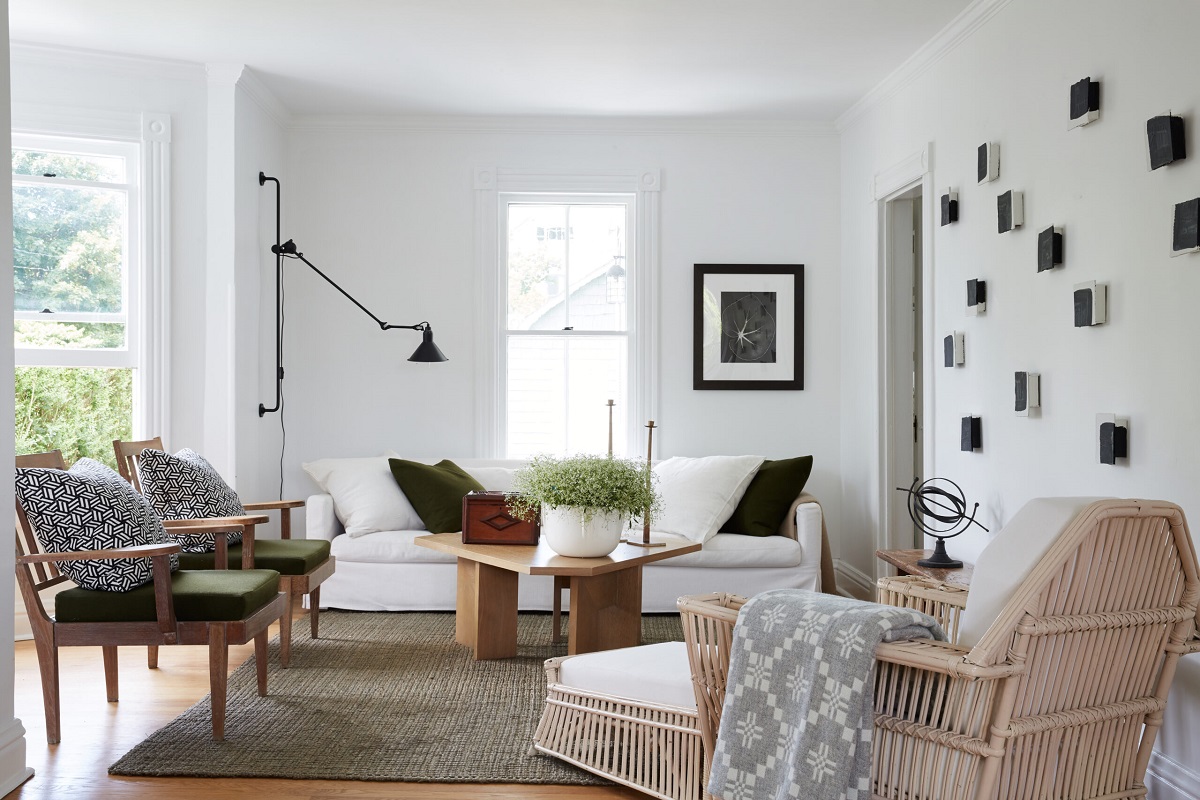
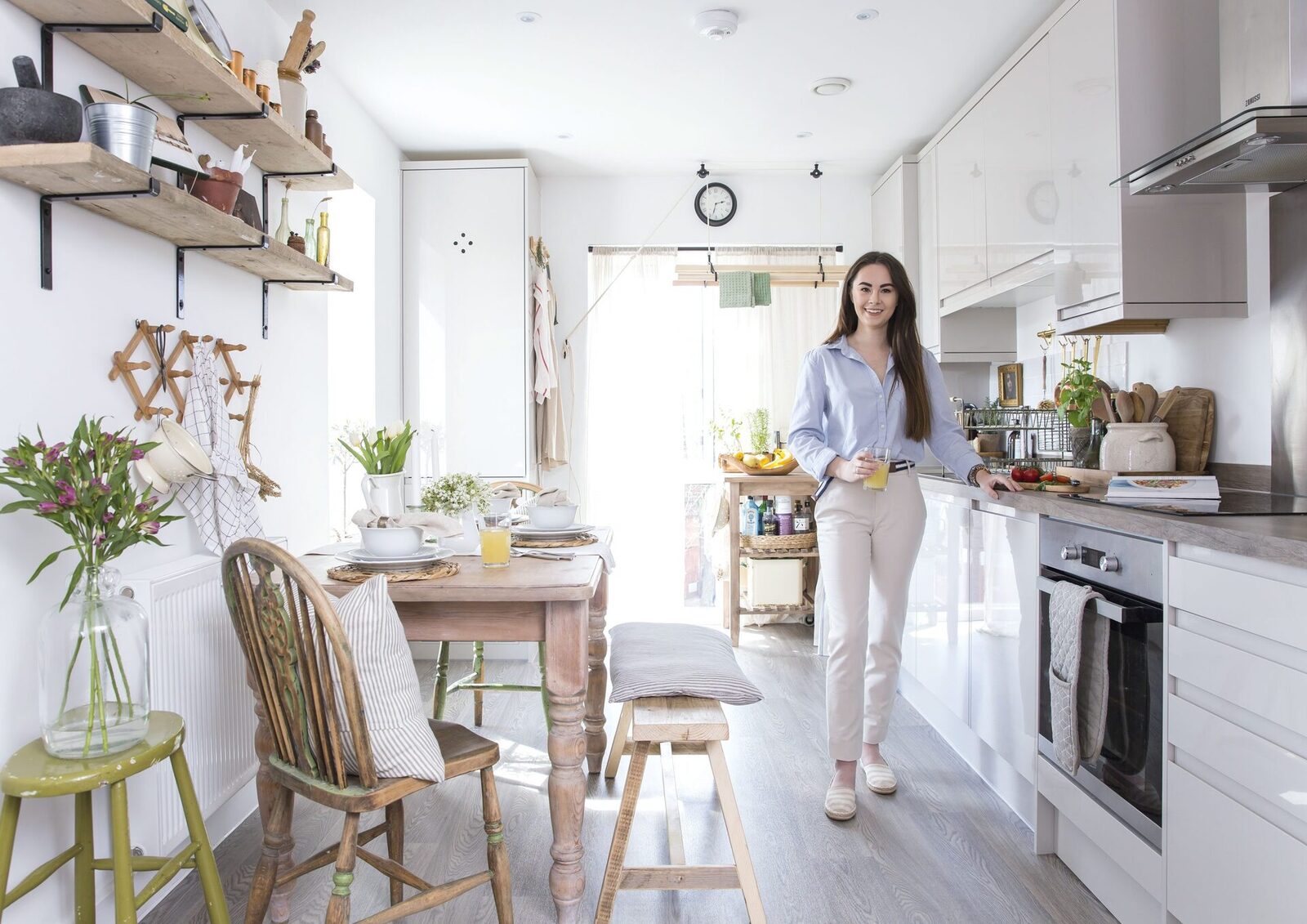
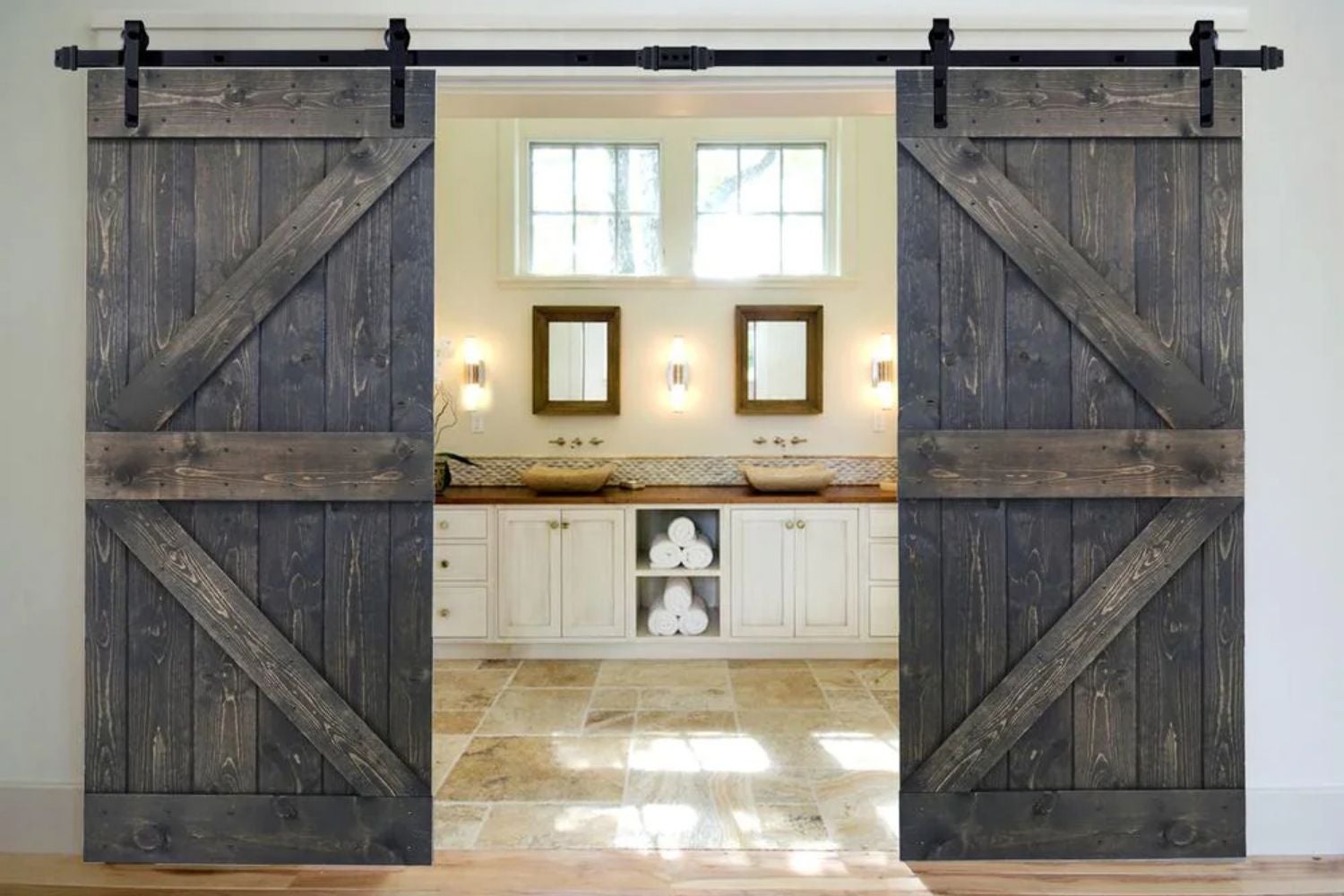
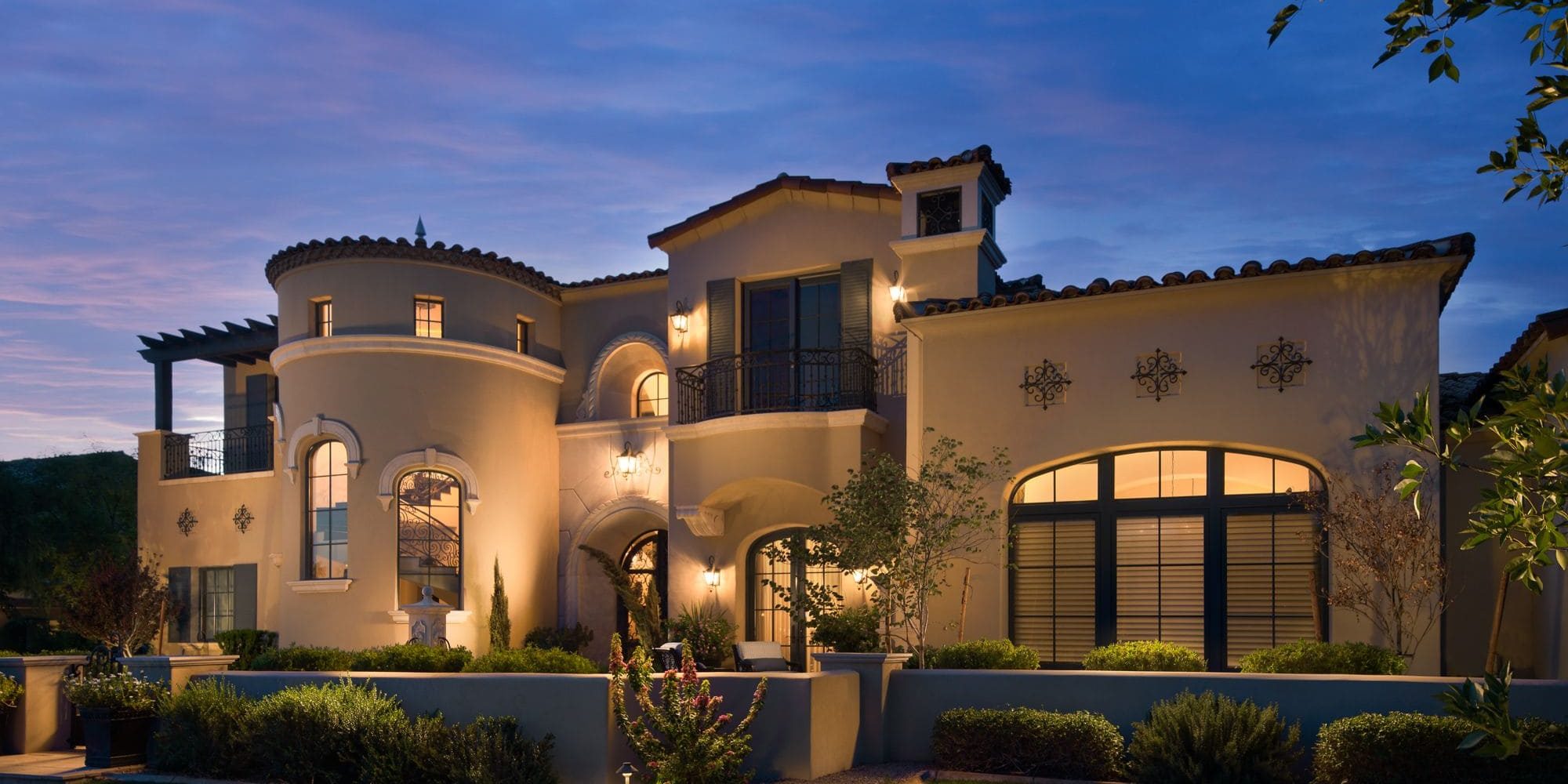
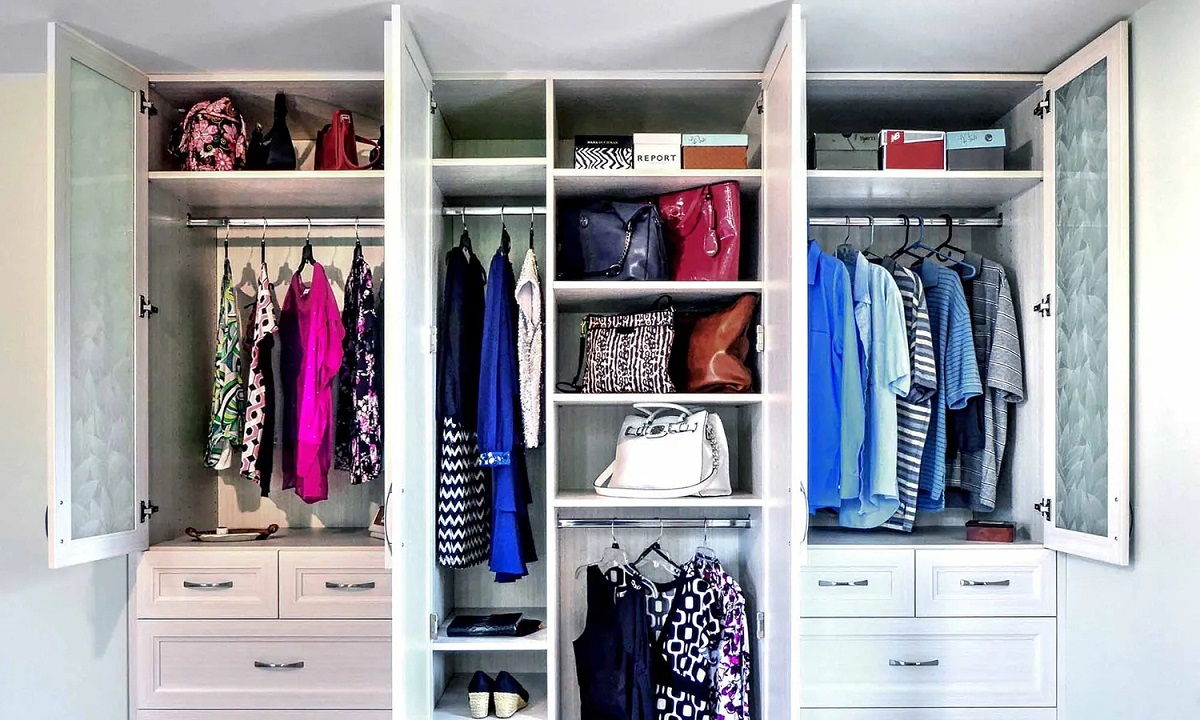
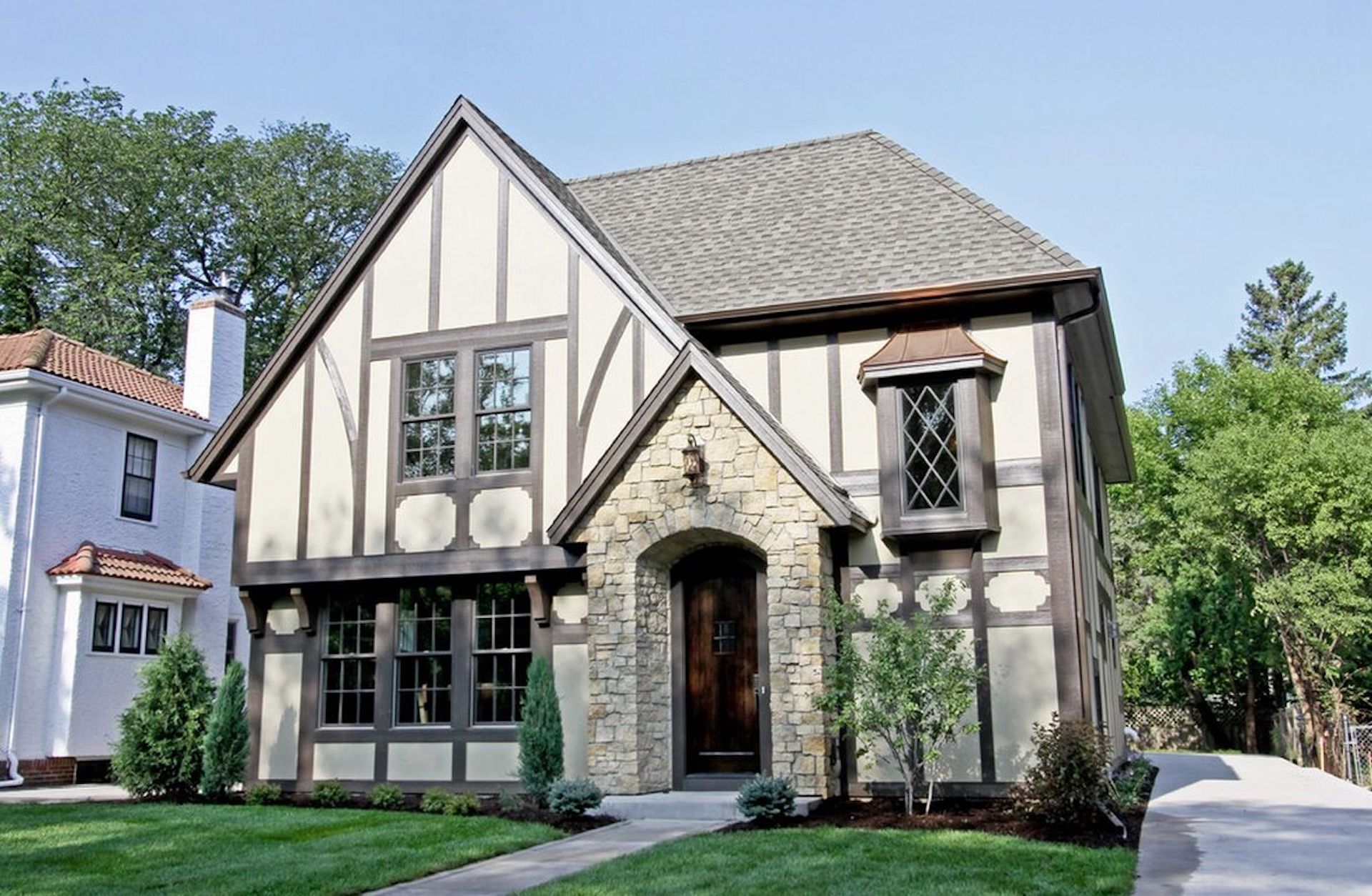

0 thoughts on “British Style: Lincrusta”